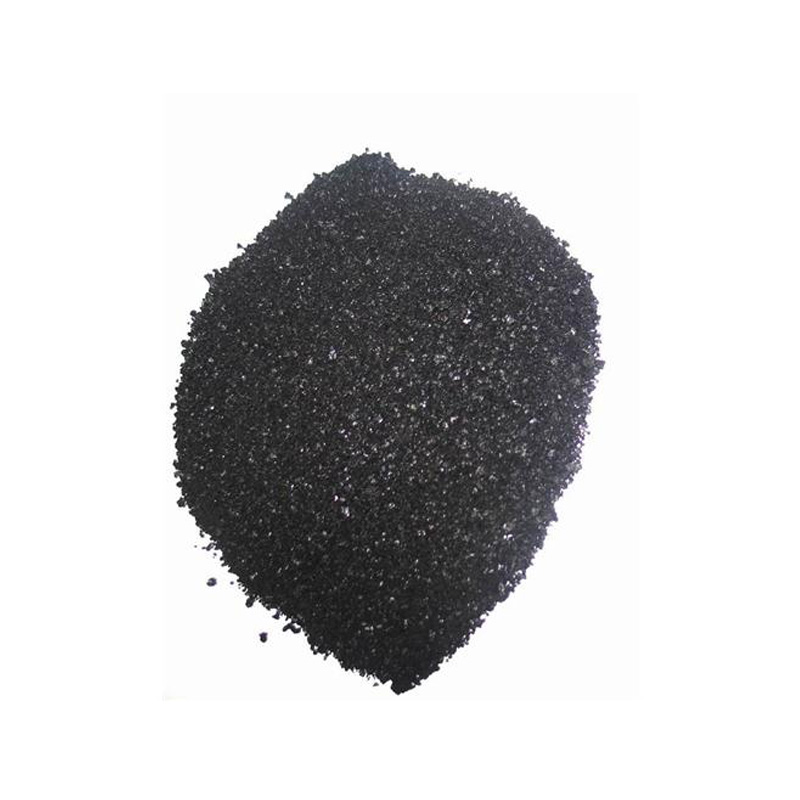custom indigo dyed fabric
Exploring Custom Indigo Dyed Fabric A Journey into Tradition and Innovation
Indigo dyed fabric has been cherished throughout history for its vibrant blue hues and cultural significance. With origins tracing back thousands of years to regions like India, Japan, and Africa, indigo dyeing is not just a craft; it is an art form that tells stories rich with tradition. Today, the resurgence of interest in sustainable and custom fabric production has brought indigo dyeing back to the forefront, enticing both artisans and consumers alike.
At its core, indigo dyeing involves a natural dye derived from the leaves of the indigo plant. The process of transforming the plant into a dye requires a detailed understanding of chemistry and traditional techniques. The leaves are fermented to extract the dye, resulting in a deep blue liquid that can be used on various fabrics, including cotton, silk, and wool. This natural dyeing process is celebrated for its eco-friendly qualities, appealing to modern consumers who are increasingly conscious of environmental impact.
Custom indigo dyed fabric takes this ancient tradition and merges it with contemporary design, allowing for a unique expression of individuality. Artisans can create bespoke pieces tailored to specific preferences, whether it's a precise shade of blue or a distinct pattern achieved through techniques like shibori, which involves elaborate folding and tying methods to create intricate designs. Each piece produced is unique, a hallmark of handmade goods, rarely replicating any other.
custom indigo dyed fabric

In recent years, the demand for custom indigo dyed fabric has surged as designers, artisans, and hobbyists seek personalized materials that reflect their style and values. This trend has given rise to small textile businesses specializing in custom orders, enabling customers to collaborate on designs that resonate with their vision. From fashion designers looking to create standout garments to interior decorators seeking unique textiles for home décor, the versatility of indigo dyed fabrics is a canvas for creativity.
Moreover, the cultural significance of indigo dyeing cannot be overlooked. Each region has its unique techniques, designs, and symbolism connected to indigo. For instance, in Japan, the art of indigo dyeing is linked to the concept of wabi-sabi, which finds beauty in imperfection and transience. The patterns and nuances seen in indigo fabrics tell a story not just of the dyeing process but of the artisans' skills, heritage, and connection to their community. Customizing indigo dyed fabric becomes a way to celebrate and honor these cultural traditions while simultaneously adapting them to fit modern aesthetics.
Sustainability is another driving factor behind the popularity of custom indigo dyed fabric. As the world shifts toward more eco-conscious practices, many artisans are seeking organic methods and natural dyes that minimize environmental harm. Indigo dyeing typically requires significantly less water than synthetic dye processes and does not rely on harmful chemicals, making it a more sustainable option. By opting for custom pieces, consumers support artisans who prioritize sustainable practices while also acquiring unique products that speak to their values.
In conclusion, custom indigo dyed fabric bridges the gap between tradition and modernity, offering artisans a platform to showcase their skills while allowing consumers to express their individuality. The allure of rich indigo hues and the storied history of the craft create a unique synergy that is both beautiful and meaningful. Whether you're looking for fabric for a new clothing line, a statement piece for your home, or an artisanal gift, exploring custom indigo dyed options opens a world of creativity steeped in tradition. Choosing indigo dyed fabric is not merely about the aesthetic; it is about embracing a legacy that thrives on innovation, culture, and sustainability.
-
The Timeless Art of Denim Indigo Dye
NewsJul.01,2025
-
The Rise of Sulfur Dyed Denim
NewsJul.01,2025
-
The Rich Revival of the Best Indigo Dye
NewsJul.01,2025
-
The Enduring Strength of Sulphur Black
NewsJul.01,2025
-
The Ancient Art of Chinese Indigo Dye
NewsJul.01,2025
-
Industry Power of Indigo
NewsJul.01,2025
-
Black Sulfur is Leading the Next Wave
NewsJul.01,2025

Sulphur Black
1.Name: sulphur black; Sulfur Black; Sulphur Black 1;
2.Structure formula:
3.Molecule formula: C6H4N2O5
4.CAS No.: 1326-82-5
5.HS code: 32041911
6.Product specification:Appearance:black phosphorus flakes; black liquid

Bromo Indigo; Vat Bromo-Indigo; C.I.Vat Blue 5
1.Name: Bromo indigo; Vat bromo-indigo; C.I.Vat blue 5;
2.Structure formula:
3.Molecule formula: C16H6Br4N2O2
4.CAS No.: 2475-31-2
5.HS code: 3204151000 6.Major usage and instruction: Be mainly used to dye cotton fabrics.

Indigo Blue Vat Blue
1.Name: indigo blue,vat blue 1,
2.Structure formula:
3.Molecule formula: C16H10N2O2
4.. CAS No.: 482-89-3
5.Molecule weight: 262.62
6.HS code: 3204151000
7.Major usage and instruction: Be mainly used to dye cotton fabrics.

